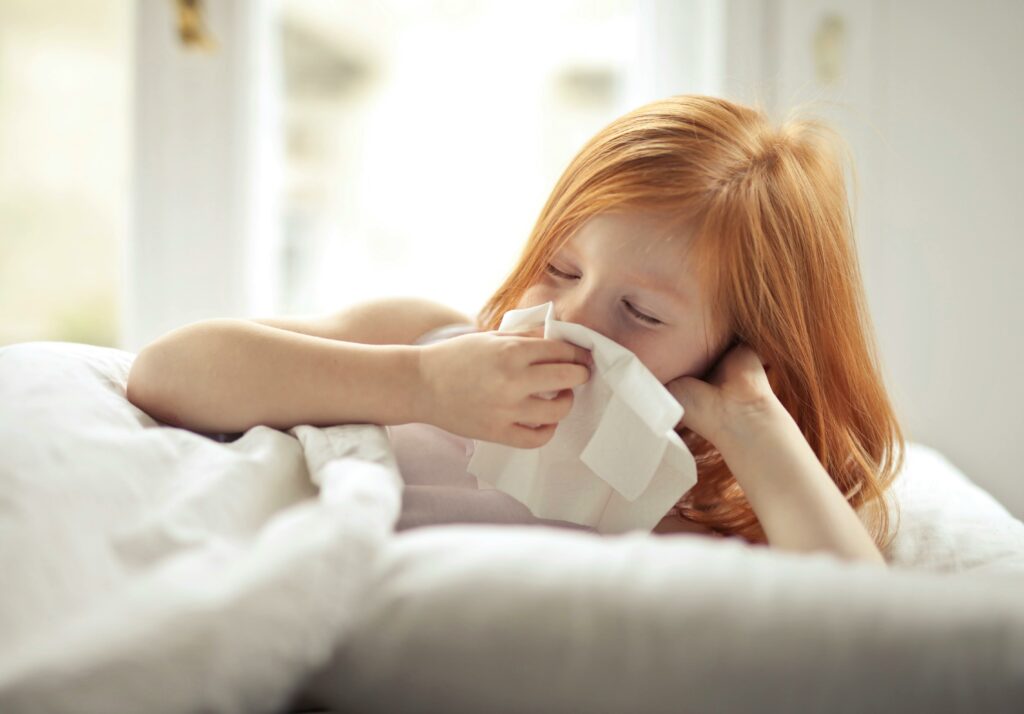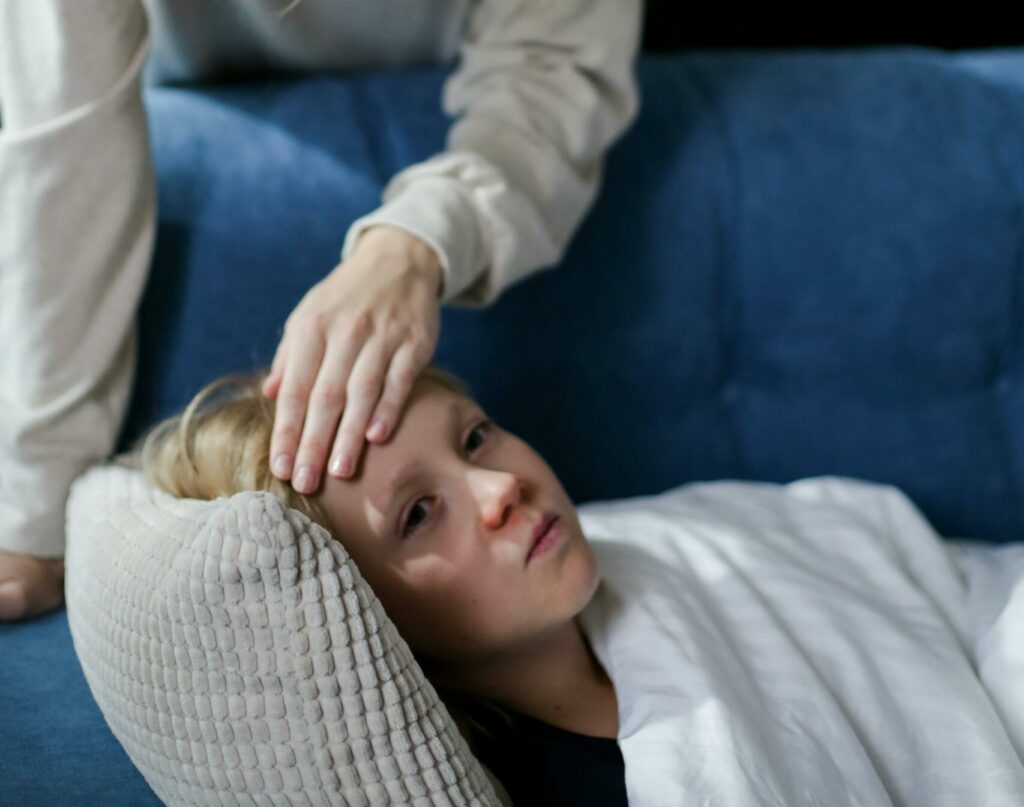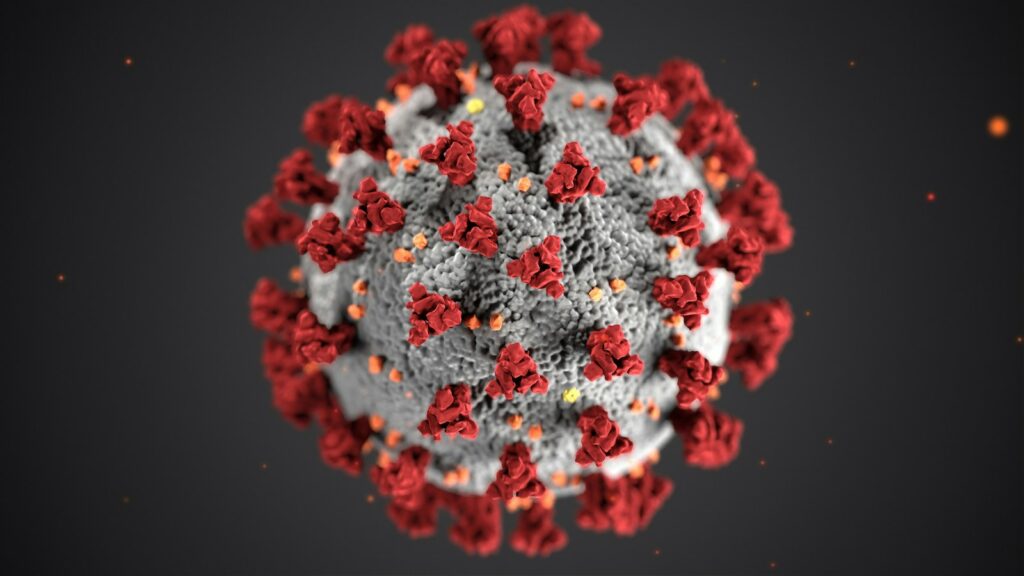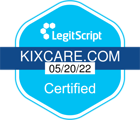Written by Cristina Tullio, RN, BNI

As the warmth of spring begins to fill the air, so does the pollen that triggers seasonal allergies in many children. Seasonal allergies tend to start around March in Canada, and last until October or sometimes later depending on the specific allergen. Follow this KixNurse written comprehensive guide to learn how to effectively recognize and manage the symptoms of your child’s seasonal allergies at home.
What are seasonal allergies?
Seasonal allergies, often called hay fever or allergic rhinitis, are when kids react to things like pollen in the air during specific seasons. These allergies aren’t caused by viruses or bacteria and usually start in kids over 2 years old. Watch out for signs like:
- Sneezing
- Clear runny nose, congestion
- Itchy and/or watery eyes
- Itchy nose, palate, inner ear, or throat
- Postnasal drip or throat clearing, sometimes with a cough
No fever is present, as this is not associated with a viral or bacterial infection but an allergen.
Allergens through the seasons in Canada:
Spring: Tree pollen (from birch, maple, oak, and more)
Summer: Grass pollen (Like timothy, Bermuda, ryegrass, and more)
Fall: Weed pollen (Like Ragweed).Year-round: Mold spores, pet dander, and dust mites may be present year-round.
Year-round: Mold spores, pet dander, and dust mites may be present year-round.
What should I do if I suspect my child has seasonal allergies:
Keep a written log: Observe your child’s symptoms and make note of when they occur, as well as if they seem to coincide with specific times of the year or exposure to specific allergens.
Reach out to your KixNurse for guidance: Diagnosis from a healthcare professional, allergy testing or blood tests may at times be indicated to confirm seasonal allergies. Your KixNurse can help guide you through this.
How to manage my child’s seasonal allergies at home:
1) Allergy avoidance:
- Keep windows closed during high pollen seasons and promote air conditioning in the house and car while ensuring proper maintenance of appliances (re-circulating mode is best to prevent air from outside from coming in).
- Use air purifier filters in the house.
- Avoid outdoor activities during peak pollen times (you can check pollen levels on weather apps or websites).
- Avoid drying clothes/towels/bedding outside, especially during periods of high pollen density.
- Prevent your child from playing outside on freshly cut grass, rolling on the lawn, or playing with hay- if those are triggers for them.
- Remove problem plants like ragweed from play areas.
- Limit activities like tree climbing for your child during pollen season if that’s a trigger.
2) Promoting healthy habits:
- Encourage your child to maintain good hygiene practices, such as washing hands frequently and avoiding rubbing their eyes, to prevent allergens from spreading and exacerbating symptoms. This is especially recommended when coming in from outdoors during allergy seasons.
- After a day spent outdoors during allergy seasons, ensure your child gets bathed and washes their hair. Clothes worn outside should be washed as well.
3) Creating an allergy-friendly environment:
- Create an allergy-friendly environment at home by regularly cleaning, dusting, washing bedding in hot water/drying in the dryer instead of outside, and minimizing exposure to potential allergens such as pet dander or mold.
- Wash bedding and stuffed toys in hot water and dry inside.
4) Educating caregivers and teachers:
- Communicate with caregivers and teachers about your child’s allergies and any necessary accommodations. This may include avoiding outdoor activities on high pollen days or keeping allergy medications on hand.
5) Nasal irrigation:
- Saline nasal rinses or sprays can help clear out allergens from your child’s nasal passages, reducing nasal congestion and irritation. This is especially beneficial for children who may struggle with using other nasal sprays or medications.
6) Eye irrigation:
- Saline drops and/or wet cool compresses can provide relief for red, itchy eyes.
7) Medications:
- Non-prescription medication: Antihistamines and decongestants may provide relief from allergy symptoms in children. However, it’s important to consult with a healthcare provider before giving any medication to children, as dosages and safety considerations vary based on age and individual health conditions.
- Prescription medications: In some cases, healthcare providers may prescribe stronger antihistamines, nasal corticosteroids, decongestants, or immunotherapy (allergy shots) to manage symptoms in children. It’s essential to follow the prescribed dosage and instructions carefully to ensure safety and effectiveness.
Need more help with seasonal allergies? Get support from Kix360°
Managing your child’s seasonal allergies requires attentive care and expert guidance. We recognize the significance of addressing both the physical symptoms and the mental well-being of your child. Our comprehensive approach supports every aspect of your parenting journey. By joining Kix360°, you gain access to our team of pediatric experts, including registered nurses, who are always ready to provide the support you need, exactly when you need it.
Here’s to wishing you and your family a healthy and joyful spring!


